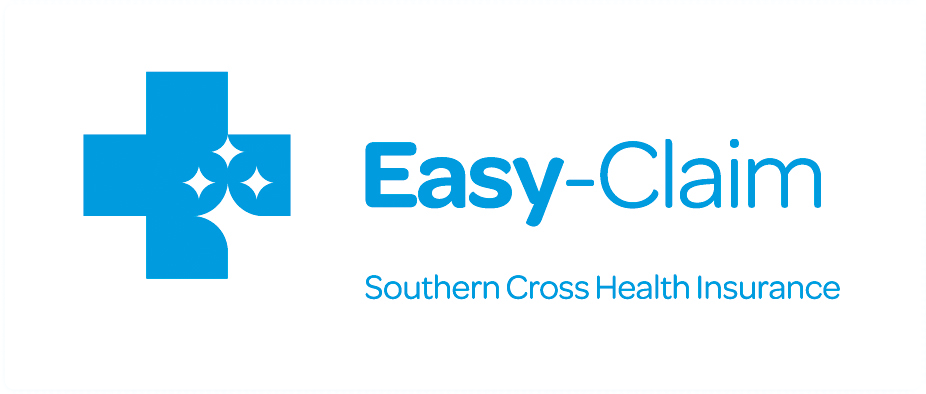There are huge changes that happen to the body during the 9 months of pregnancy, some women cope well with these postural and hormonal changes others struggle.
Common things that women complain of during through pregnancy are:
- heartburn
- shortness of breath
- morning sickness
- low back/sciatic pain
- pain through the ribcage
- pain at the symphysis pubis joint (joint at the front of the pelvis)
- hip pain
- abdominal stretching pain
- varicose veins and haemorrhoids.
While these symptoms are common for women during pregnancy that does not mean there are normal, or that you necessarily have to suffer them.
These symptoms are in fact a sign that your body is struggling to cope with the changes that the body needs to make to accommodate the growing baby and ultimately the delivery.
Osteopaths treating through pregnancy are seeking to aid the body to reach a comfortable and optimal place of balance and health.
During the first 3 months (1st trimester) the uterus is still within the boney pelvis, this will usually mean an increase in urination, but also will lead to period type pain through the low pelvis sometimes with a sense of stretching. For some women this will be alarming and very uncomfortable. The hips also start to rotate outwards producing the waddling gait, that’s associated with being pregnant.
Osteopathic treatment at this time, is focused on any residual strains or injuries in the body that are affecting hormone balance, or the ability for the uterus to grow and stretch. Scarring in the pelvis is common from previous operations, endometrosis or infections. During the second trimester the uterus leaves the boney pelvis, leading briefly to not needing the toilet so much, and often an easing in the stretching pain. The uterus leaving the boney pelvis means the body now has to start to shift it’s centre of gravity. This is often the time that pain in the low back, hips and ribcage will start. Towards the middle of this trimester heartburn and shortness of breath are common. Congestion in the ribcage, abdomen and pelvis can also lead to varicosity’s and constipation.
Osteopathic treatment at this time, is again to make sure that the pelvis and ribcage are able to move freely therefore accommodating the babies growth and the shift in the centre of gravity.
During the 3rd trimester, the baby’s getting bigger and needs more room and so it will tend to sit in a more rotated position, strain through the pelvis and torso may encourage the baby into a non optimum position. Low and mid back pain as well as hip and abdominal pain are common, in addition to this some women will have pain at the front of their pelvis, which can be very debilitating. The baby may not be in an optimum position, such as breech.
Osteopathic treatment during the last trimester, encourages the pelvis to able to make the movements it may need during labour, and that the mother is comfortable, feeling well and rested.
When should I have treatment while pregnant?
Ideally a woman would come for treatment prior to getting pregnant, this allows us to treat any unresolved strains in the body that may lead to pain or discomfort during the pregnancy. However, often women will see us when already pregnant, sometimes in pain, sometimes for a check up. Pregnant women treat and respond well to osteopathic treatment, and so will usually treat strains quickly, leaving them more comfortable. It is a good idea if even pain and symptom free to have treatments around the time the big changes happen to avoid issues occurring, these would be around week 12-14, week 16-18, week 22-24, week 28-32, and week 36-38.
I found osteopathy invaluable in practice, it provided a check and correction of pelvic symmetry antenatatally and a check for mother’s and their babies postnatally. Antenatally I learned important detail about women, for example, the effects of a large scarred episiotomy before a birth. Women learned that by correcting an immobilised sacro-iliac joint a previous history of difficult forceps or caesarean births was changed in the next normal birth. These pelvic distortions were often caused by falls from horses or bikes or whiplash injuries sustained in motor vehicle accidents. I listened to their history of falls or back injuries and encouraged them to visit an osteopath with whom I had great confidence.
Understanding how mechanically important the pelvis is for birthing a baby normally remains the cornerstone of a holistic midwifery practice. Osteopathy can help women and midwives understand and correct pelvic distortion and much more. I would not like to work without this artful practice available to women.





